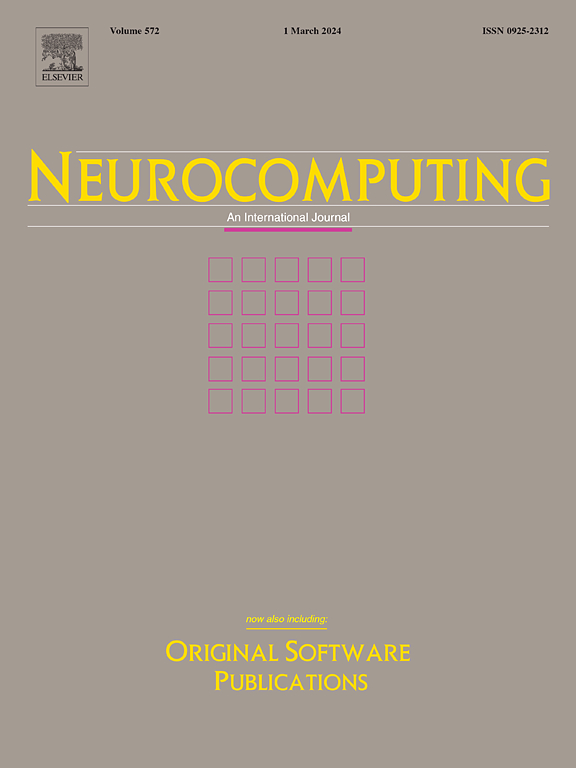结合边缘锐化和协方差注意的命名实体识别
IF 5.5
2区 计算机科学
Q1 COMPUTER SCIENCE, ARTIFICIAL INTELLIGENCE
引用次数: 0
摘要
命名实体识别(NER)是人工智能和自然语言处理领域的一个关键应用,它通过智能算法对文本中的实体进行自动识别和分类。在NER中,一个句子的所有跨度都可以组织成一个二维表示。语义面具有表征句子语义结构和学习跨间相互作用的优势。这种表示的一个重要现象是语义平面的相邻元素被表示为句子中重叠的子序列。由于它们具有相同的上下文特征和语义依赖关系,因此很难将真实实体与背景区分开来。因此,细化跨表示并建立跨间的语义依赖关系有助于实体识别任务的完成。在本文中,我们提出了一个边缘锐化和协方差注意(ES&;CA)模型来支持从语义平面表示中识别命名实体。边缘锐化(ES)模块采用微分卷积对语义平面上的语义梯度进行锐化,具有从邻域获取语义信息的能力。在协方差注意(CA)模块中,利用跨间协方差对与任务相关的学习目标相关的跨间的注意进行加权。建立跨跨的语义关系是一种非常成功的方法。ES&;CA模型在五个公共数据集上进行了嵌套和扁平命名实体识别的评估。评估结果表明,我们的策略在区分实体跨度和背景方面是有效的,从而显著提高了最终的性能。本文章由计算机程序翻译,如有差异,请以英文原文为准。
Incorporating edge sharpening and covariance attention for named entity recognition
Named Entity Recognition (NER) is a key application in the field of Artificial Intelligence and Natural Language Processing, which automatically identifies and categorizes entities in text by intelligent algorithms. In NER, all spans of a sentence can be organized into a two-dimensional representation. The semantic plane has the advantage to represent the semantic structure of a sentence and to learn the interaction between spans. One of an important phenomenon of this representation is that neighboring elements of the semantic plane are spans denoted to overlapped subsequences in a sentence. Because they share the same contextual features and semantic dependencies, it is difficult to distinguish true entities from the backgrounds. Therefore, refining span representations and building the semantic dependency between spans is helpful for the entity recognition task. In this paper, we propose an Edge Sharpening and Covariance Attention (ES&CA) model to support recognizing named entities from the semantic plane representation. The edge sharpening (ES) module adopts a differential convolution to sharpen the semantic gradients in the semantic plane, which has the ability to gather semantic information from neighborhoods. In the covariance attention (CA) module, the covariance between spans are applied to weight the attention of spans relevant to task-relevant learning objective. Establishing semantic relationships across spans is a highly successful approach. The ES&CA model is assessed on five public datasets for nested and flattened named entity recognition. The evaluation results demonstrate the effectiveness of our strategy in distinguishing entity spans from the backgrounds, hence significantly enhancing the final performance.
求助全文
通过发布文献求助,成功后即可免费获取论文全文。
去求助
来源期刊

Neurocomputing
工程技术-计算机:人工智能
CiteScore
13.10
自引率
10.00%
发文量
1382
审稿时长
70 days
期刊介绍:
Neurocomputing publishes articles describing recent fundamental contributions in the field of neurocomputing. Neurocomputing theory, practice and applications are the essential topics being covered.
 求助内容:
求助内容: 应助结果提醒方式:
应助结果提醒方式:


